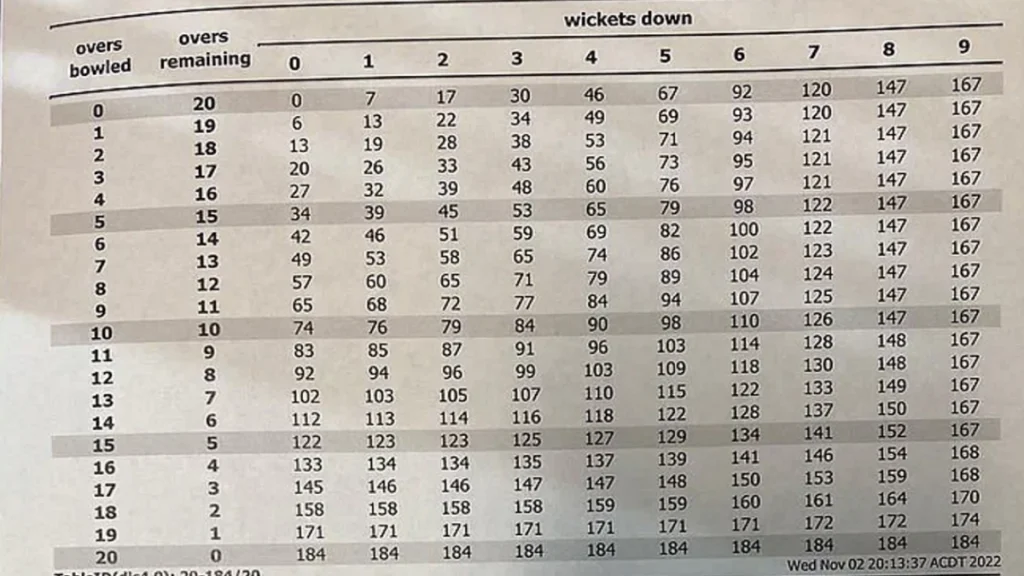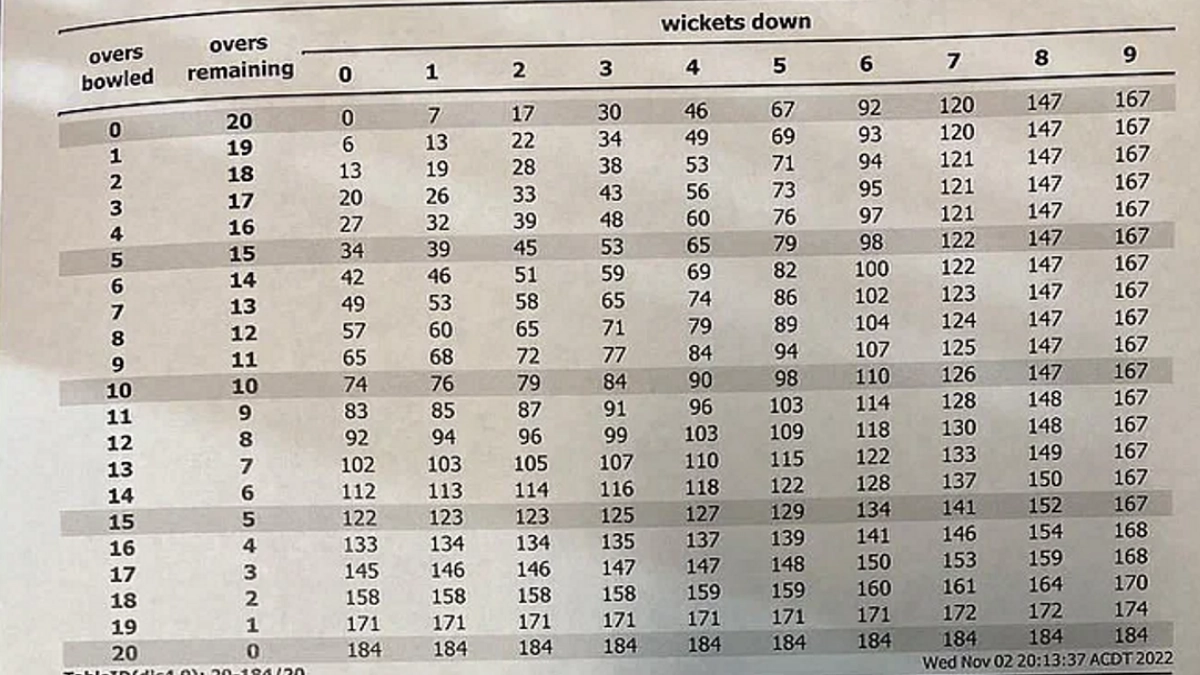The Duckworth and Lewis rule in cricket and how it has changed the way we play the game. Read on for an engaging and unique article on Duckworth and Lewis rule in cricket article format with a title, body, conclusion, frequently asked questions, and answers.

Table of Contents
Introduction
Cricket is a game that has been enjoyed by millions of fans all over the world for centuries. But what happens when the game is interrupted by rain or other factors? Enter the Duckworth and Lewis rule, a system that has revolutionized the way we play cricket. In this article, we will explore the history and workings of the Duckworth and Lewis rule, and how it has become an integral part of modern-day cricket.
What is the Duckworth Lewis rule?
The Duckworth and Lewis rule is a method used to calculate the target score for the team batting second in a rain-affected limited-overs cricket match. It was introduced in 1997 by two statisticians, Frank Duckworth and Tony Lewis, to provide a fair and accurate result in matches that are affected by rain or other factors.
How does it work?
The Duckworth and Lewis method takes into account the number of overs remaining in the match, the number of wickets lost, and the current run rate of the team batting first. These factors are used to calculate a target score for the team batting second, which is adjusted at regular intervals to account for any further interruptions.
Why was it introduced?
Before the Duckworth and Lewis rule was introduced, cricket matches that were affected by rain or other factors were often abandoned without a result. This was unfair to the team that was leading the match, as they would lose out on valuable points in the tournament. The Duckworth and Lewis rule was introduced to provide a fair and accurate result in such matches, and to ensure that the team that performed better over the course of the game was rewarded with a win.
How has it changed the game?
The Duckworth and Lewis rule has had a significant impact on the way we play cricket today. It has made rain-affected matches more exciting, as teams now have a clear target to aim for, rather than simply playing out a draw. It has also made cricket more accessible to fans all over the world, as matches that were once abandoned without a result can now be played to a conclusion.
Conclusion
The Duckworth and Lewis rule has become an integral part of modern-day cricket, providing a fair and accurate result in matches that are affected by rain or other factors. It has changed the way we play cricket, making rain-affected matches more exciting and accessible to fans all over the world. Whether you are a seasoned cricket fan or a newcomer to the sport, the Duckworth and Lewis rule is something that you should know about.
Frequently Asked Questions
Is the Duckworth Lewis rule used in all cricket matches?
No, the Duckworth and Lewis rule is only used in limited-overs cricket matches that are affected by rain or other factors.
Can the Duckworth and Lewis rule be used in test matches?
No, the Duckworth and Lewis rule is not used in test matches, as these matches are played over five days and are less likely to be affected by rain or other factors.
What happens if the team batting second reaches the target score before the end of the match?
If the team batting second reaches the target score before the end of the match, they win the game.
How often is the Duckworth and Lewis rule used in international cricket?
The Duckworth and Lewis rule is used in a significant number of international cricket matches, particularly in tournaments such as the World Cup.
Don’t forget to support us by following us on Google News or Returning to the home page TopicsTalk
Join Telegram and WhatsApp for More updates
Follow us on social media




